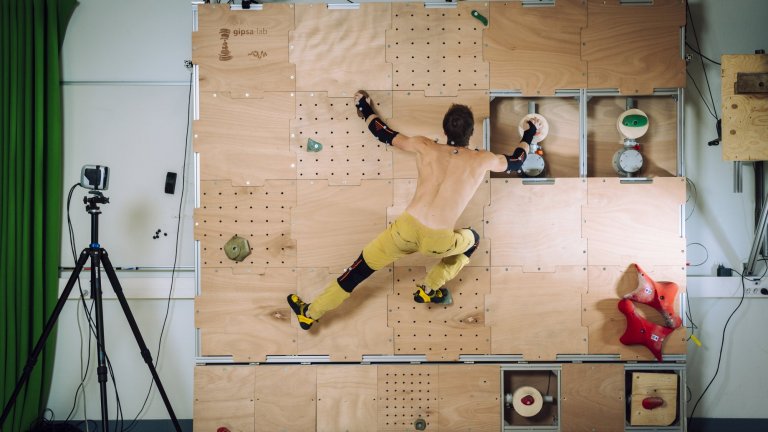
© Cyril Frésillon / GIPSA-lab / CNRS Images
View the mediaScientific news
Science is of great help to athletes who want to push their limits. As the Olympics opening ceremony 2024 takes place on July 26, take a look at the wealth of collaboration between scientists and athletes.

© Cyril Frésillon / GIPSA-lab / CNRS Images
View the mediaOf course talent is also a factor, and it is a safe bet that we will never really get past the eternal nature or nurture debate. But high-level sport, where results are measured in millimetres or thousandths of a second, is above all a matter of constant improvement, of minute adjustments, of infinite repetitions and thousands of hours of work. Moreover, as records fall, we can legitimately begin to wonder what our limits might be. This is where science can play a vital role. When bodies are pushed to their limits, we can help them by calculating the optimal trajectory, improving equipment through revolutionary innovation, specific preparation that improves concentration and recovery... Many scientific disciplines are thus being put to use for the benefit of athletes, particularly on the eve of the Paris 2024 Olympic Games! And top athletes are not the only ones involved. Science can also help people with disabilities who want to continue doing sport, providing them with ever more appropriate tools, and helping them to develop their abilities, but also to improve their everyday lives.
To mark this occasion, we have provided a selection of reports for you to read on the various ways in which science can serve athletes.
Our work is guided by the way scientists question the world around them and we translate their research into images to help people to understand the world better and to awaken their curiosity and wonderment.